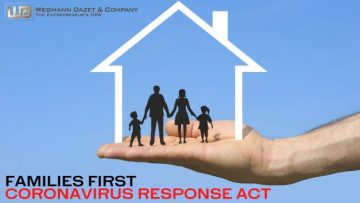
By now, you have no doubt heard about the passage and enactment of the “Families First Coronavirus Response Act” (“Act”), from March 18, 2020. The Act was issued to give the first bit of relief to business owners and individuals affected by the unprecedented impact of COVID-19 on our lives and our financial stability. Here below we provide a detailed summary of the Act and how it will affect businesses going forward, regarding sick leave, FMLA, and tax credits available.
EMERGENCY PAID SICK LEAVE ACT – Under this provision in the Act, employers with less than 500 employees (relief may be available for those with fewer than 50 employees) are required to provide paid sick time to the extent an employee is unable to work (or telework) because of any of the following:
- Employees subjected to a government quarantine order
- Employees told by a health care provider to self-quarantine due to exposure
- Employees experiencing symptoms and seeking a medical diagnosis of COVID-19
- Employees caring for an individual in one of the above situations
- Employees caring for a child if the school or place of care is closed due to COVID-19
- Employees experiencing substantially similar conditions specified by Health & Human Services.
The sick leave above would be for 80 hours for full time employees or for the average hours a part-time employee works over 2 weeks. The amount to be paid is based on two formulas. First, it is the greater of the following:
- Employee’s regular rate of pay (2/3 of that amount if due to causes 4 – 6 above)
- Federal Minimum Wage
- State Minimum Wage
That result is then compared to the maximum allowed based on the cause for the leave and is calculated as follows:
- If caused by bullet points 1 – 3 above, the pay shall not exceed $511 / day ($5,110 max)
- If caused by bullet points 4 – 6 above, the pay shall not exceed $200 / day ($2,000 max)
There are certain conditions which apply to this leave:
- Employee cannot be required to find a replacement to “cover hours”
- Use of the sick time must be available on day 1 of employment
- Employee may use this time before any employer provided time off
- Employer is not required to compensate or carryover any unused time
- Exceptions are allowed for employers of health care providers or emergency responders
EMERGENCY FAMILY AND MEDICAL LEAVE EXPANSION ACT – This provision extends the Family Medical Leave Act (“FMLA”) for employers with less than 500 employees (relief may be available for those with fewer than 50 employees) to a new paid provision for any employee who has been employed for 30 days and is unable to work because they are caring for a child whose school or place of care has been closed due to the COVID-19 pandemic.
Under the traditional FMLA standards, leave is granted for the birth of a child, caring for yourself, or caring for an immediate family member with a serious illness. This leave is 12 weeks unpaid with a guarantee to be restored to your previous position.
The Expansion Act states that the first 2 weeks of leave is unpaid where an employee may choose to utilize accrued sick or vacation time. The remaining time up to 10 weeks is required to be paid at a rate as follows:
- For traditional full time workers, no less than 2/3 of employee’s standard rate of pay times the hours they would work
- For varying schedule workers, no less than the average number of hours scheduled over the prior 6 months times the rate of pay
- In both cases, the pay shall not exceed $200 / day ($10,000 max)
TAX CREDITS AVAILABLE – For both of the above acts, there are payroll tax credits available to make the payments tax neutral to the employer.
Under both scenarios, the wages paid under these provisions are not subject to the EMPLOYER portion of the FICA tax (6.2%). The credit is calculated as follows:
- Wages paid under the above scenarios (limited to $200/day or $511/day as required), plus
- Allocable portion of employer paid health insurance for employee during the above period, plus
- The Employer’s portion of Medicare tax (1.45%) on any qualified sick leave or family leave wages
For self-employed individuals, a credit is also available for the lesser of the following:
- $200/day or $511/day depending on the qualifying factor above; or
- 2/3 (100% if related to COVID-19 exposure) of the average daily self-employment income for the year
Any overpayment shall be refunded when claimed on payroll tax filings, and companies should not plan to “short-pay” or “short deposit” amounts. Additionally, the amount of any credit granted must be added back to taxable income, and those wages are not eligible for other employment credits.
- Entity Choice and Tax Planning - August 29, 2023
- EMPLOYEE RETENTION CREDITS – That offer might not contain the full story - June 5, 2023
- ADVANCED CHILD TAX CREDIT – CLAIM IT OR OPT OUT? - June 28, 2021


